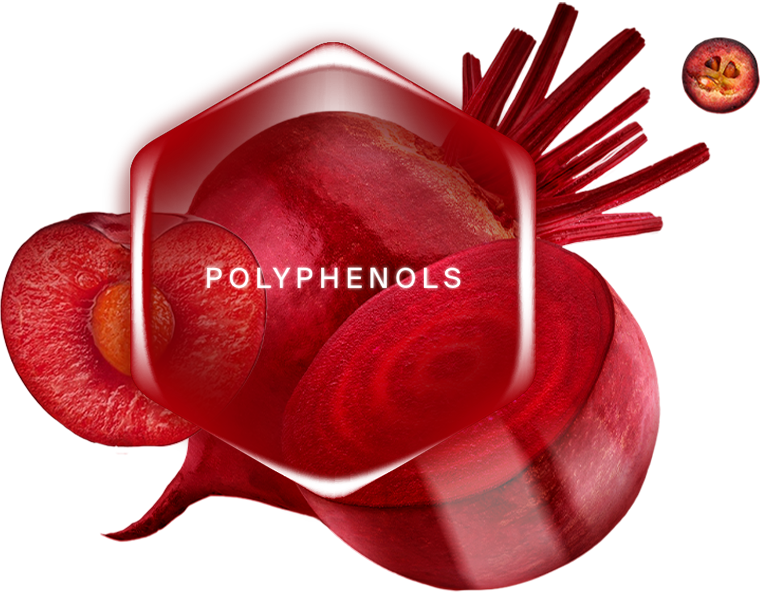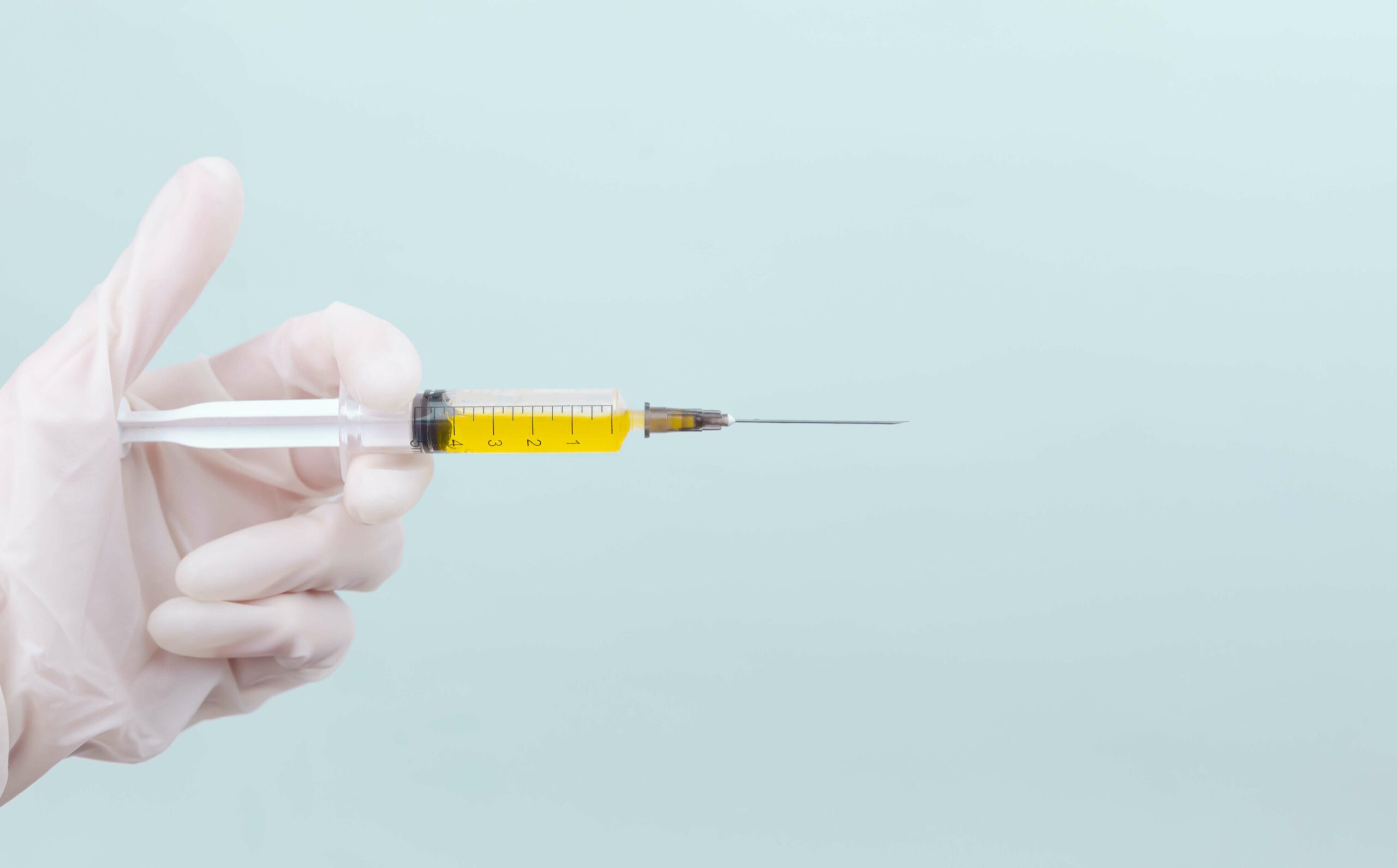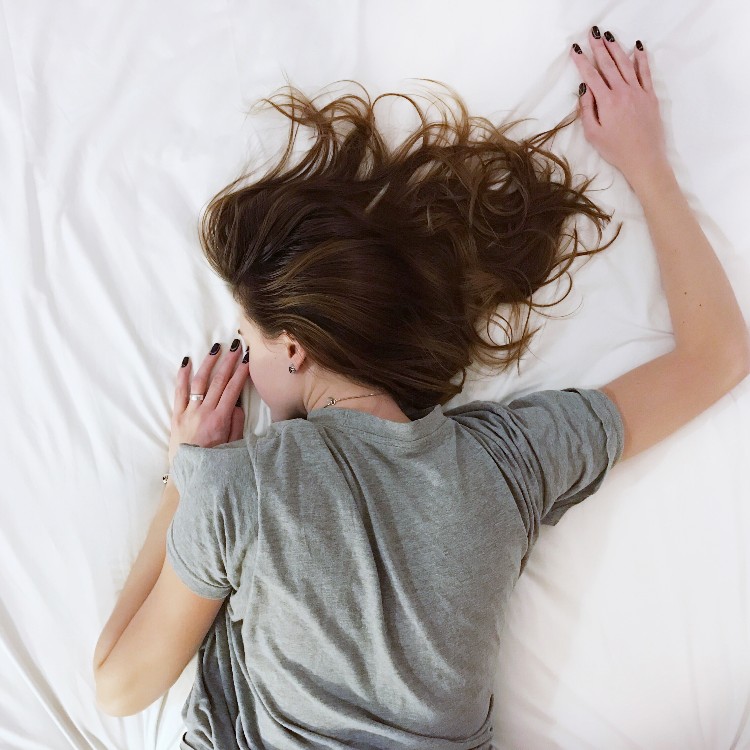During the past two decades, botox has gained significant popularity among anti-aging treatments. Although it is known for its quick effect and almost painless procedure, Botox has side effects and is not recommended for everyone. If you want to slow down aging without using Botox, today we present nine effective Botox alternatives that you can consider.
How Does Botox Work?
Botox (Botulinum toxin) works by temporarily paralyzing or weakening specific muscles in the face to reduce the appearance of fine lines and wrinkles. It blocks nerve signals to the muscles and prevents them from contracting. This results in smoother and more youthful skin.
While Botox is a very effective solution for wrinkles and fine lines, it may have side effects. Common side effects include temporary pain or swelling at the injection site, mild bruising, and headaches. In rare cases, individuals may experience drooping eyelids, muscle weakness, or an uneven smile.
Certain people should avoid Botox, including pregnant or breastfeeding women, those with a history of allergic reactions to Botox or its ingredients, and individuals with neuromuscular disorders like myasthenia gravis.
Botox Alternatives You Can Consider
If you fall into one of these groups, check out the effective Botox alternatives below:
Dysport (abobotulinumtoxinA)
Dysport is a prescription medication commonly recommended for individuals seeking a non-surgical solution to reduce the appearance of facial wrinkles and fine lines. It is suitable for reducing wrinkles, particularly on the forehead, glabellar lines (frown lines), and wrinkles around the eyes (crow’s feet). Dysport is similar to Botox, as both are derived from botulinum toxin type A and work by temporarily relaxing targeted muscles, resulting in smoother skin. Due to its smaller molecule size, Dysport takes effect more quickly than Botox, often within a day or two. It may be easier to achieve a natural appearance with Dysport, as it spreads more evenly.
Xeomin (incobotulinumtoxinA)
Xeomin belongs to the botulinum toxin type A family. Like Botox, it is particularly suited for those who want to reduce facial wrinkles, such as frown lines and crow’s feet. One notable difference between Xeomin and Botox is its formulation, as Xeomin is a “naked” toxin without complex proteins. Therefore, it is less likely to result in antibody resistance. That feature makes it a suitable option for individuals who have developed resistance to other botulinum toxin treatments.
Fractional CO2 Laser
Fractional CO2 laser is a popular cosmetic procedure recommended for various skin concerns, such as signs of aging, uneven skin tone, and scarring. Unlike Botox, fractional CO2 laser is a non-invasive treatment that uses laser technology to stimulate collagen production and resurface the skin. It’s suitable for those seeking overall skin rejuvenation, including wrinkle reduction, improved skin texture, and age spots. The key difference between Botox and fractional CO2 lasers lies in their mechanisms. Botox targets muscle contractions to reduce wrinkles, while fractional CO2 laser enhances collagen production and treats skin texture irregularities.
PRP Treatment
PRP (platelet-rich plasma) is an effective cosmetic procedure for stimulating collagen production, improving skin texture, and promoting hair growth. PRP involves drawing a small amount of the patient’s own blood, processing it to extract the concentrated thrombocytes and growth factors, and then injecting it back into the skin or scalp. Unlike Botox, which targets muscle contractions to reduce wrinkles, PRP focuses on enhancing the skin’s natural regeneration processes. While Botox is effective for treating dynamic wrinkles, PRP is more suitable for overall skin revitalization.
Cryotherapy
Cryotherapy is a therapeutic technique that involves exposing the body areas to extremely cold temperatures for a short period of time. Athletes often use it to recover from muscle pain and reduce inflammation. As an anti-aging treatment, cryotherapy improves skin tone and reduces fine lines and wrinkles. While Botox involves injections of botulinum toxin to relax muscles and reduce wrinkles, cryotherapy employs cold temperatures to stimulate collagen production and tighten the skin. This procedure is suitable for those looking for a natural alternative to treat aging skin concerns, though its effectiveness may vary from person to person.
Hyaluron Fillers
Hyaluronic acid fillers (HA fillers) are popular non-surgical cosmetic treatments recommended for reducing wrinkles and fine lines and treating loss of facial volume. These fillers work by injecting hyaluronic acid (sometimes combined with other substances, such as antioxidants), to restore volume and plump the skin. Unlike Botox, which targets muscle contractions to minimize dynamic wrinkles, HA fillers primarily treat static wrinkles by adding volume beneath the skin. They are an effective option for those looking to achieve a rejuvenated appearance without surgery and can be used to treat different facial areas. The most widely used HA fillers are Juvederm, Restylane, Radiesse, and Stylage.
Radiofrequency Treatment
Radiofrequency (RF) treatment is a non-invasive cosmetic procedure recommended for skin tightening and rejuvenation. It is suitable for those looking to treat sagging skin, wrinkles, and fine lines. RF technology utilizes heat to stimulate collagen production in the deeper layers of the skin, which leads to increased skin firmness and a more youthful appearance. In contrast to Botox, which focuses on dynamic wrinkles, RF treatments work on the skin’s texture and elasticity. This procedure is an attractive choice for individuals who prefer a non-surgical approach to combating the signs of aging, particularly in areas with lax skin.
Cosmetic Acupuncture
Cosmetic acupuncture is a beauty treatment for treating acne, skin inflammation, signs of aging, and improving skin vitality. It is the best procedure for individuals seeking a natural and alternative anti-aging solution. In contrast to Botox, cosmetic acupuncture uses tiny, painless needles inserted into specific facial acupoints. This technique stimulates blood circulation, muscle tone, collagen, and elastin production. While the effects of cosmetic acupuncture may be subtle compared to Botox, it offers a non-toxic, non-surgical option for those who prefer less invasive methods to rejuvenate their skin and minimize the visibility of fine lines and wrinkles.
Skin Care Products With Hyaluronic Acid, Retinol, and Collagen
Skin care products with hyaluronic acid, retinol, and collagen are effective at combating the signs of aging and improving skin health. Hyaluronic acid provides deep hydration and plumping effects; retinol aids in skin renewal; and collagen supports skin elasticity and firmness. Over time, quality cosmetic products can help reduce the appearance of fine lines, wrinkles, and sagging skin and maintain overall skin health. Anti-aging skin care products provide a natural alternative to Botox injections. They are a good choice for individuals who have a well-established daily skincare routine. It is important to note that not all products are beneficial for your skin’s vitality. If you are looking for effective anti-aging skin care products, read the product description carefully. Lots of them contain synthetic ingredients that can irritate your skin and make it look worse.
How to Choose the Best Botox Alternative?
When it comes to selecting the best alternative to Botox, you want to make a decision that aligns with your specific needs and goals. First, consider the results you desire – is it wrinkle reduction, improved skin texture, or overall skin rejuvenation? Then, determine which treatment is most comfortable for you. Are you open to injections, or do you prefer non-invasive options? Next, examine the duration of the results you seek. Some Botox alternatives offer longer-lasting effects than others.
Important reminder: Always consult with a qualified healthcare professional who can evaluate your skin condition and provide personalized recommendations. Whether you opt for dermal fillers, laser treatments, or other non-surgical procedures, the key is to prioritize safety and effectiveness while choosing a Botox alternative that aligns perfectly with your unique beauty and wellness objectives.
FAQ
Is there a non-injectable Botox?
There is no non-injectable form of Botox. The primary mechanism of action of Botox involves injecting it directly into specific muscles to block nerve signals and reduce muscle contractions. While there are non-invasive anti-aging treatments, they work through different mechanisms than Botox and are not considered a direct Botox substitute. If you are looking for alternatives to Botox, it’s best to consult with a qualified healthcare professional to explore non-surgical options that can help you achieve your desired results.
Is there a longer lasting alternative to Botox?
Yes, there are longer-lasting alternatives to Botox. One such option is hyaluronic acid fillers, which can last longer than Botox, depending on the type of filler used. For example, hyaluronic acid fillers like Juvederm and Restylane provide results that endure for 6 months to 2 years, depending on the product and individual factors. Another longer-lasting alternative is Sculptra, a filler based on poly-L-lactic acid. It stimulates collagen production and can last up to two years. While these alternatives provide more extended results compared to Botox, consult with a qualified healthcare professional to determine which option best aligns with your goals and needs.
What is a long term disadvantage of Botox?
When performed by qualified healthcare professionals, Botox is generally considered safe. However, there are some considerations to keep in mind:
- Temporary results: Botox is not a permanent solution. The effects typically last for three to six months, after which the treatment may need to be repeated to maintain the desired results.
- Tolerance: Over time, some individuals may develop a tolerance to Botox, which can affect the longevity of its effects. The treatment may not last as long with repeated use.
- Potential side effects: While side effects are usually mild and temporary, they can include bruising, swelling, muscle weakness, or drooping eyelids. In rare cases, complications can occur, so it’s essential to have Botox administered by a trained professional.
- Cost: Botox treatments can be expensive, especially if you repeat them to maintain results over time.











